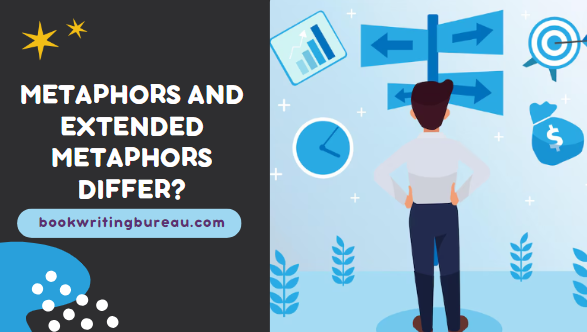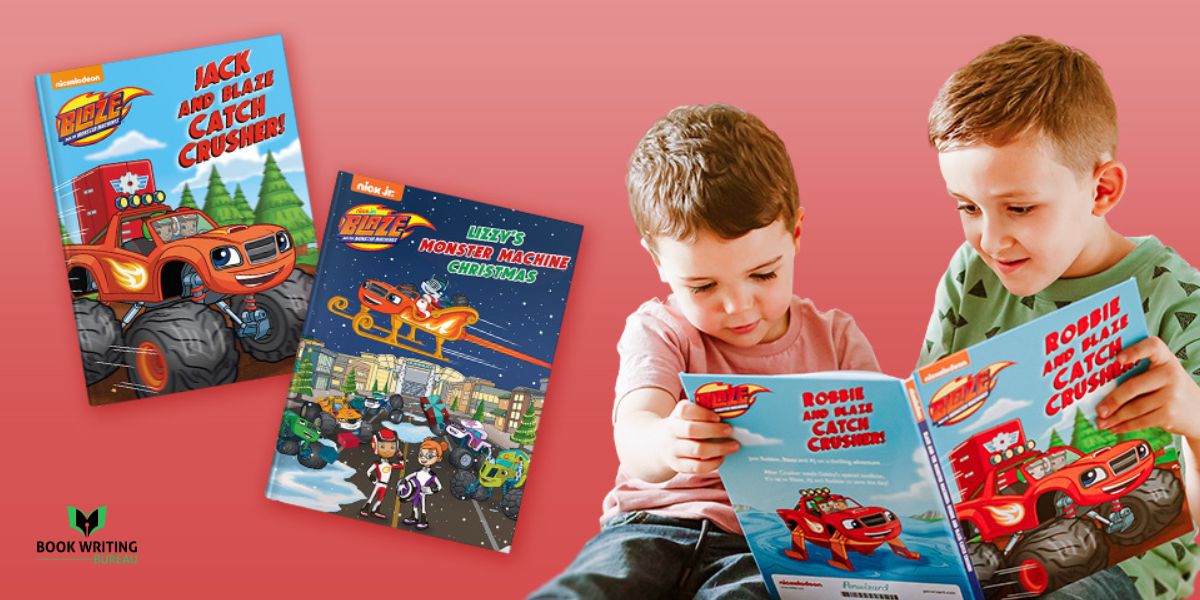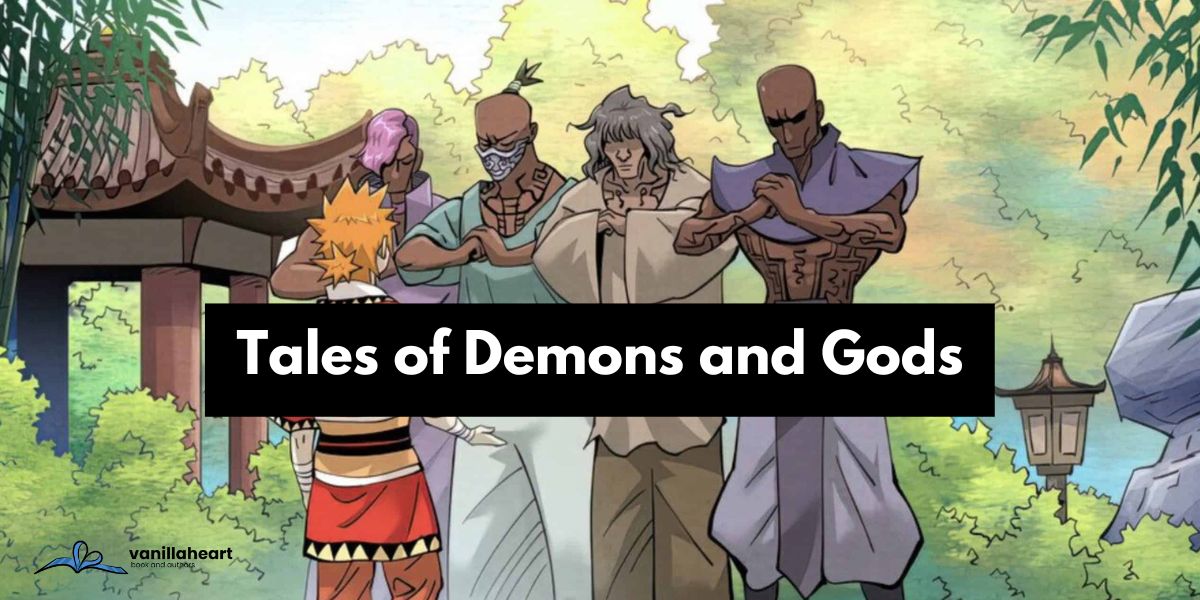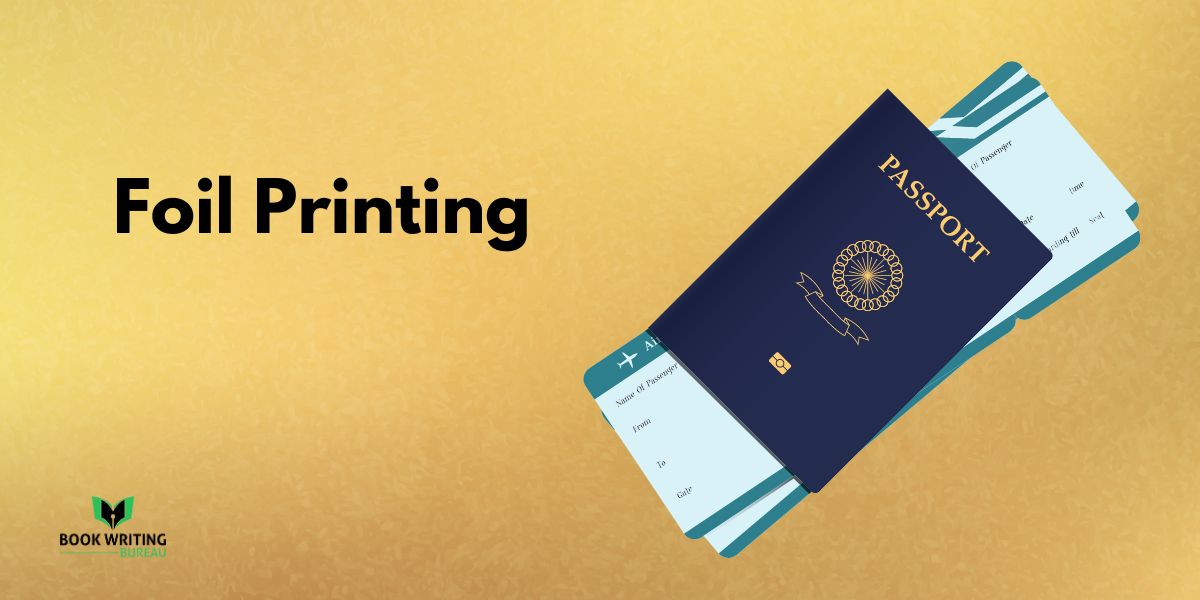
Writing
Metaphors and extended metaphors are powerful literary devices that bring depth and richness to writing. However, there are distinct differences between the two.
While metaphors make a direct comparison between two unrelated things, extended metaphors continue the comparison throughout a piece of writing, often creating an overarching theme or narrative.
Understanding these differences is essential for writers, especially those aiming to become good story teller looking to add complexity and meaning to their work. In this article, we will explore the nuances of both metaphors and extended metaphors, delving into their definitions, uses, and examples.
What are metaphors?
Metaphors are like word pictures that help us understand things better. Instead of saying something directly, a metaphor compares two things by saying one thing is another.
For example, saying “time is a thief” is a metaphor. Time isn’t a thief, but the metaphor helps us understand that time can take things away from us, like memories or opportunities.
Metaphors are often used in writing and speaking to make ideas more vivid and interesting. They connect different concepts and help readers or listeners see things differently. They can also add depth and emotion to what we’re trying to express.
Sometimes, metaphors are so common that we don’t even realize they’re metaphors anymore. For instance, “the world is a stage” or “love is a journey” are metaphors we often use without thinking too much about them.
Overall, metaphors are powerful tools for communication. They let us paint pictures with words, evoke emotions, and make complex ideas easier to grasp. They add color and creativity to language, making it more enjoyable and engaging to use and understand.
Examples of metaphors
Metaphors are a fun part of language that compares two things without using “like” or “as.” They help us understand something by comparing it to something else, making them a key tool for anyone involved in creative writing, including those offering ghostwriting services. Here are a few examples to explain what metaphors are:
- “The classroom was a zoo.” – This doesn’t mean there were animals in the classroom. It suggests the classroom was very noisy and chaotic, just like a zoo.
- “Life is a rollercoaster.” – Life isn’t a real rollercoaster. Still, this metaphor suggests that it has a lot of ups and downs and unexpected turns, similar to the experience of riding a rollercoaster.
- “Her eyes were windows to her soul.” – This implies that by looking into her eyes, you can understand her deep feelings or emotions, even though eyes aren’t windows.
- “Books are keys to your imagination.” – This means that reading books can unlock or open up vast, imaginative worlds, though books aren’t actual keys.
Metaphors make our conversations and writings more colorful and help us express ideas more vividly and creatively. They allow us to see connections between different things and understand concepts more deeply.
Types of Metaphors:
Metaphors come in various forms, each offering a unique way of comparing and contrasting ideas. Here are some types of metaphors:
1. Standard Metaphors:
These compare two unrelated things directly, like “The world is a stage.”
2. Implied Metaphors:
Instead of stating the comparison directly, implied metaphors hint at the comparison, such as “He drowned in money,” where money implies wealth.
3. Extended Metaphors:
These metaphors are developed over several lines or throughout an entire piece of writing, like comparing life to a journey exploring the theme in depth.
4. Mixed Metaphors:
Combining two or more unrelated metaphors, often unintentionally, results in confusion or humor, such as “He’s the apple of my eye, but his bark is worse than his bite.”
5. Dead Metaphors:
Once vivid, these metaphors have become so overused that their original imagery has faded, like “time flies” or “the heart of a lion.”
6. Visual Metaphors:
These rely on visual imagery to convey meaning, like “a river of knowledge.”
What are extended metaphors?
Extended metaphors are like stories within stories, where a comparison between two unlike things is explored in detail over a passage, a paragraph, or even an entire work. Unlike standard brief metaphors, extended metaphors delve deeper, allowing writers to paint elaborate pictures and convey complex ideas.
In an extended metaphor, the initial comparison sets the stage for a deeper exploration of the discussed concept. For example, suppose someone compares life to a journey. In that case, they might elaborate on this comparison by describing the various twists and turns, obstacles and triumphs, destinations and detours encountered along the way.
Authors and book writing services providers often use extended metaphors to add layers of meaning to their writing, creating depth and resonance. By weaving the metaphor throughout their work, they invite readers to engage with the text on multiple levels, encouraging deeper reflection and interpretation.
Extended metaphors can be found in literature, poetry, speeches, and other forms of writing, enriching the text and enhancing the reader’s understanding and appreciation. Through extended metaphors, writers harness the power of analogy to illuminate truths, evoke emotions, and provoke thought, making their words more vivid and impactful.
Examples of Extended Metaphors:
Extended metaphors are like a special comparison that goes on for several sentences or even throughout a whole story, poem, or song. They take a simple metaphor—a direct comparison between two things—and stretch it out to make a bigger, deeper point. Imagine we’re painting a big picture, but instead of using paint, we’re using words to add more and more details to our comparison.
For example, if we say, “Life is a journey” and keep talking about life using words related to traveling, like “roads,” “maps,” and “destinations,” we’re using an extended metaphor. We start with a simple idea: life is like traveling, but as we add more comparisons between life and journeying, we explore deeper meanings and ideas about life’s challenges, directions, and goals.
Another example could be talking about love as if it were a garden. If we say “Love is a garden” and then talk about “planting seeds” of affection, “growing” together, and maybe facing “weeds” or “storms,” we’re expanding the initial comparison to show all the different parts of a relationship using the imagery of gardening.
Extended metaphors are powerful because they can make complex or abstract ideas easier to understand by linking them to something familiar. Our book writers at the Book Writing Bureau often use such metaphors to create depth in the book.
Types of Extended Metaphors:
Extended metaphors, like branches of a tree reaching far and wide, come in various types, each offering a unique way to explore comparisons over extended text passages. Here are some types of extended metaphors:
1. Narrative Extended Metaphors:
These unfold like stories, where the comparison between two unlike things is sustained throughout the narrative, guiding the plot and character development. For example, a character’s journey through a forest might symbolize their quest for self-discovery.
2. Symbolic Extended Metaphors:
These symbols represent abstract ideas or themes, extending the comparison throughout writing. For instance, a recurring image of birds flying free might symbolize the longing for freedom or escape from oppression.
3. Analogical Extended Metaphors:
These draw parallels between different realms of experience, such as nature, human emotions, or societal structures, to convey deeper meanings. For instance, comparing the growth of a seed to the development of an idea or a movement.
4. Reflective Extended Metaphors:
These invite introspection and reflection by comparing the reader’s experiences or perceptions. For example, a writer might compare the passage of time to the changing seasons, prompting readers to reflect on the passage of time in their own lives.
5. Descriptive Extended Metaphors:
These paint vivid pictures by extending the comparison through detailed descriptions and imagery. For example, comparing a turbulent sea to the chaos of life’s challenges, with waves representing obstacles and storms symbolizing adversity.
Extended metaphors add depth and richness to writing. They invite readers to explore layers of meaning and connection between seemingly disparate ideas. They are powerful tools for writers to convey complex concepts and evoke emotions. This leaves a lasting impression on readers long after reading the words.
How do metaphors and extended metaphors differ?
While both metaphors and extended metaphors serve the purpose of creating imagery and evoking emotions, the two have distinct differences. Understanding these differences is particularly important when you aim to write an eBook, as effectively using these devices can bring a manifold depth to your work.
Firstly, a metaphor is a concise figure of speech that directly compares two unrelated subjects. It often uses “is” or “are” to establish the association between the two. For example, “Her smile is a ray of sunshine.”
On the other hand, an extended metaphor expands on this comparison throughout an entire piece of writing. It develops a cohesive theme or narrative, using multiple instances of the initial metaphor. This technique allows for a deeper exploration of the subject matter and can create a richer reading experience.
Understanding the nuances between metaphors and extended metaphors is essential for writers to employ these techniques effectively. In the upcoming sections, we will explore some notable examples and examine how these devices can elevate storytelling to new heights.
Conclusion:
Metaphors and extended metaphors add depth and meaning to how we communicate. Metaphors compare things in a way that’s easy to understand, making ideas more interesting. Extended metaphors take this further by exploring a theme or idea in detail, like going on a journey of thought.
Using metaphors well can make speeches, stories, and blogs more engaging. They help us connect with others deeper, stirring emotions and sparking imagination.
When carefully choosing and developing metaphors, we can make our writing more powerful and memorable. They’re not just words but bridges connecting us to our audience’s experiences and feelings.
We hope that with this guide, your confusion between these two concepts is cleared. Understanding the distinction between metaphors and extended metaphors can enhance your ability to communicate effectively and creatively.



